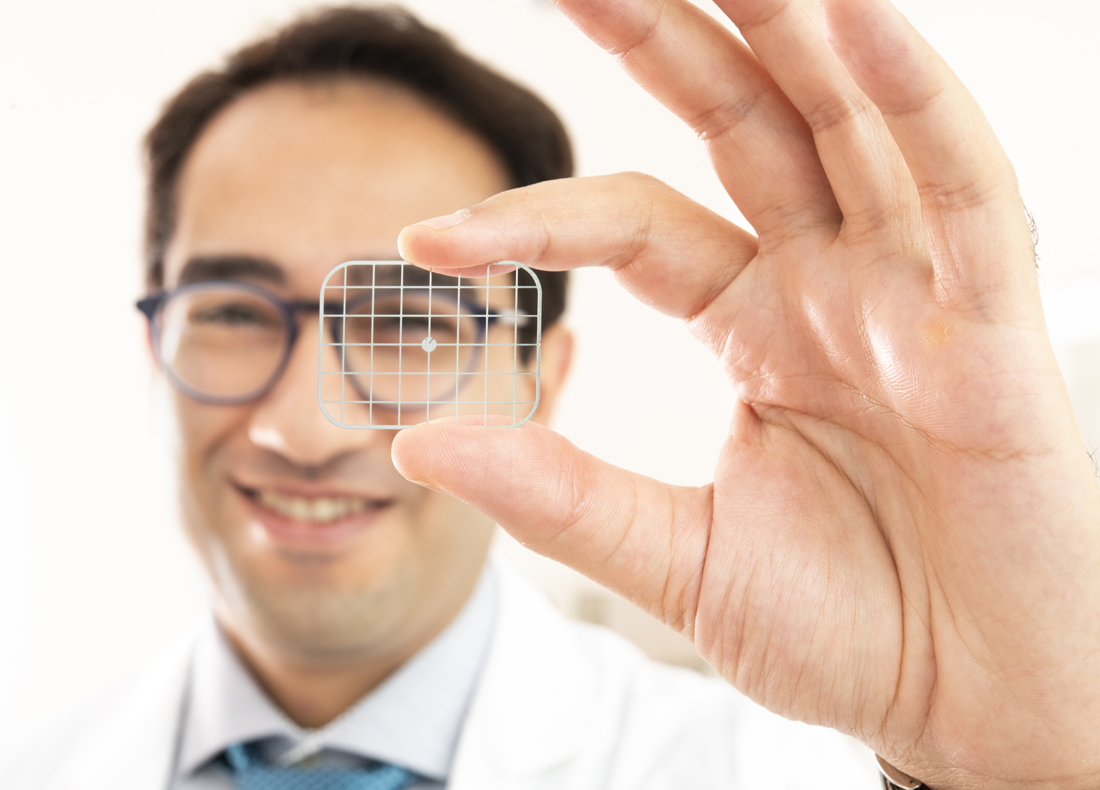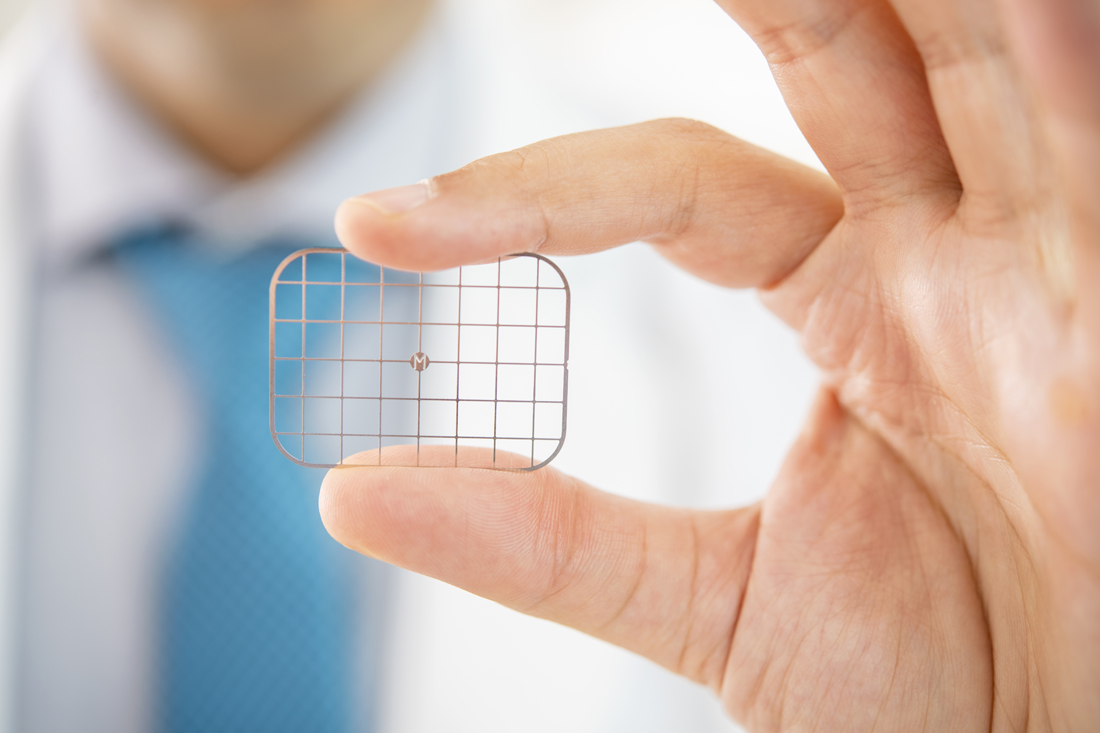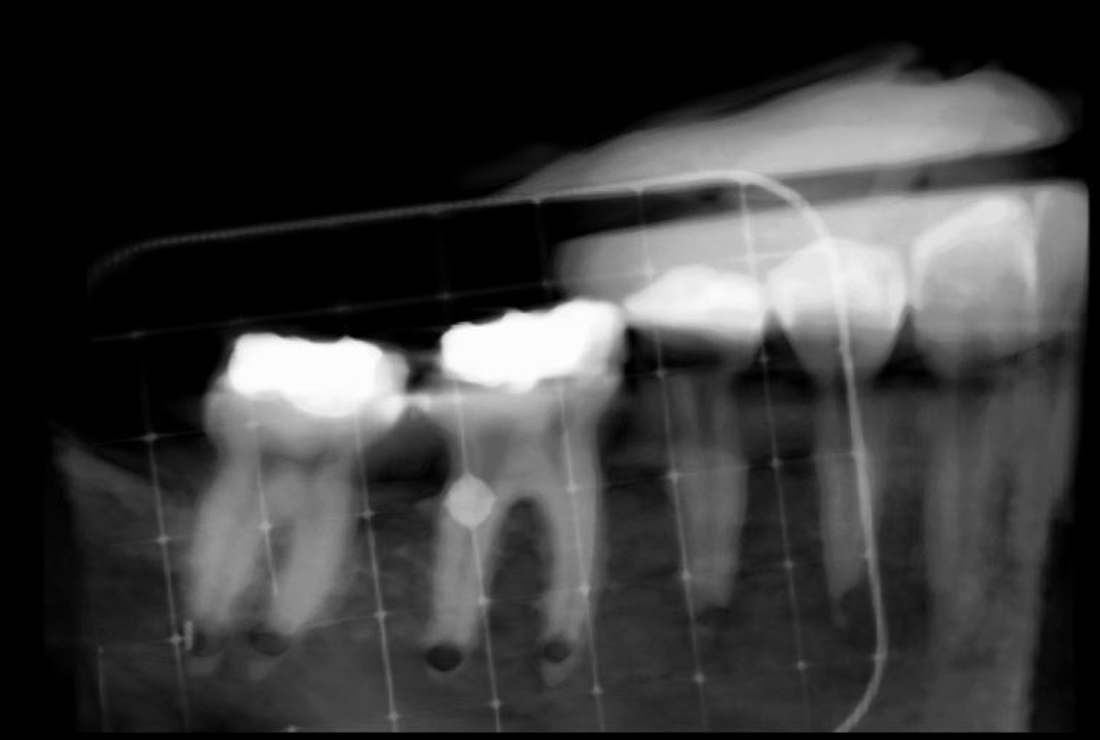Honing in with a new patent

Faculty member Dr. Poorya Jalali envisioned a way to enhance a surgical procedure and recently translated his idea into a patented invention.
The clinical associate professor and director of graduate endodontics at Texas A&M College of Dentistry was looking to improve accuracy in what endodontists refer to as an apicoectomy. This endodontic procedure occurs on the apex, or tip, of the tooth root and involves resecting the root-end and removing the infected and inflamed tissues.
“Our job is to do root canal treatments,” Jalali says. “These have a high success rate; about a 95% success rate. But occasionally root canal treatments may fail. When they fail, we either redo the root canal or, in some cases, we may decide to do a type of surgery called an apicoectomy.”
This procedure, he explains, involves the dentist cutting through bone to make a small “window” into the problem area and then cleaning out the problem root. The issue in some cases is that the root can go pretty deep into the bone, and it can be a challenge to find the apex of the root. This is where the new invention comes into play.

The device is a small “grid” that goes alongside a patient’s jaw when being scanned so that the grid also appears on the 3D radiographic images (CBCT). This allows doctors to more accurately determine where to drill during surgery; they can see where the problem area falls on the grid.
“Think about it as a gun sight. It shows us exactly where to drill to get to the root,” Jalali says.
He wanted to create a device that could be prefabricated, not requiring an expensive 3D printer to make, so it could be more accessible to more dentists. He worked with the company Webb Medical, and co-inventor David Krupnick, to create his device. The patent for the grid is under the school’s name, he adds. Now that it has been accepted, next steps involve approaching dental companies to market the device.
“[The grid] may not be necessary for all cases but, in those cases where it’s a little more challenging, it may make the surgery more accurate, and gives the clinician more confidence in doing the surgery,” Jalali says. “Compared to other guided surgery techniques it’s more economical; this is something that can be done cheaply the same time as the surgery.”
Jalali says he had been thinking about this idea for some time before coming up with the invention.

“I always think about it, trying to come up with new ideas,” he says. “When you look at other materials and devices used in other fields, many times you can actually find a way to change them or improve them, or make some small adjustment to make them useful to dentistry.”
Jalali and one of the previous endodontic residents, Dr. Renee Fan, have tested the accuracy of the device in a collaborative research study between the endodontics, diagnostic sciences, and biomedical sciences departments. The results, which were published in the Journal of Endodontics, showed that the grid allowed for a more accurate access to the root-end when compared to the control group.
Jalali says he appreciates Dr. Wei Wan, senior licensing manager with TAMU Innovation Partners, and Dr. Lynne Opperman, Regents professor, for their help in the process of developing and patenting the invention.